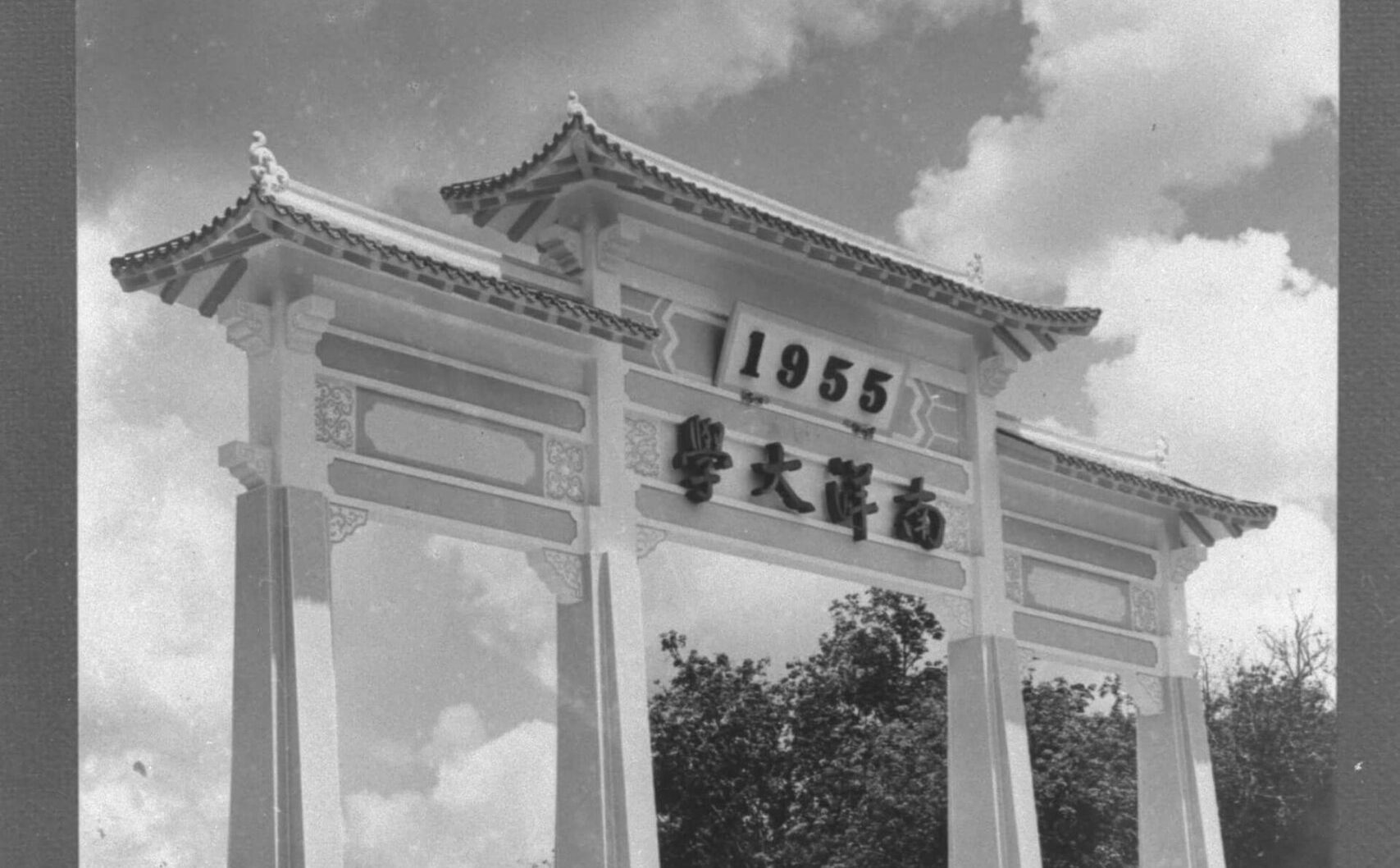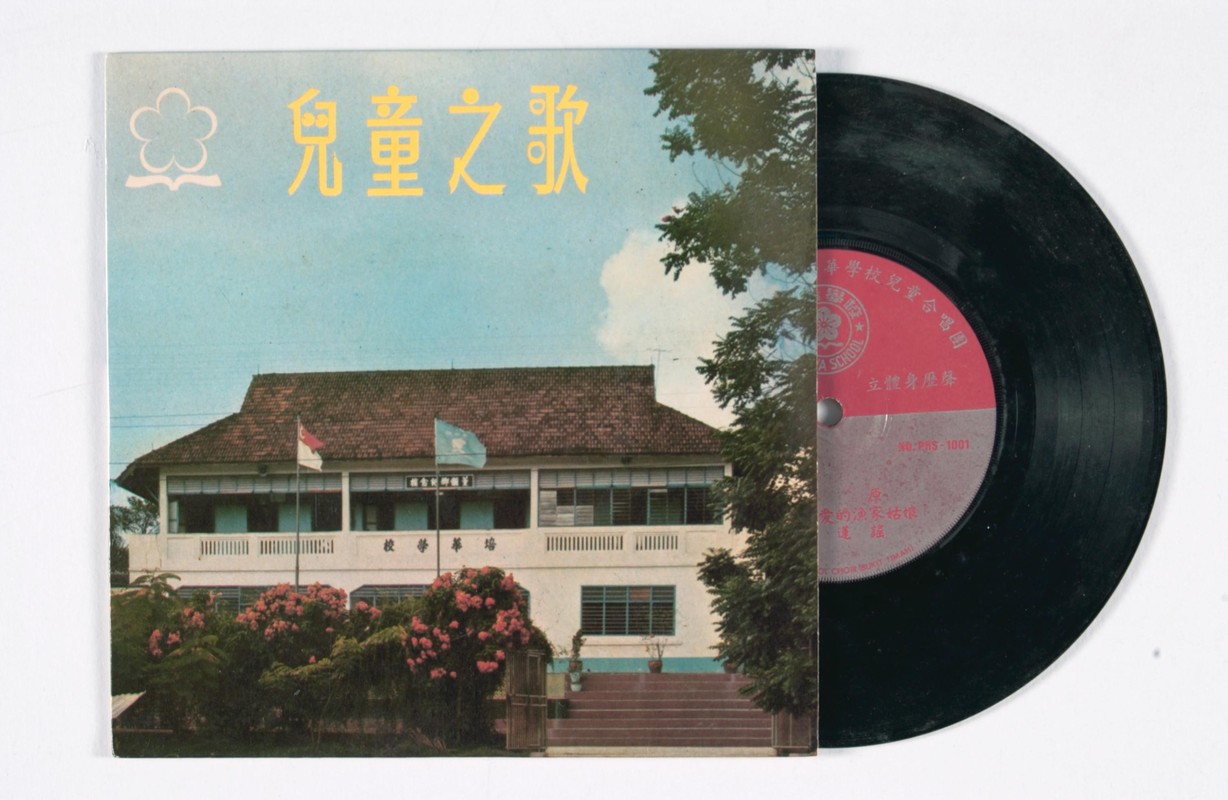共同母语与集体认同:新加坡华文教育的影响
新加坡的华文教育存续了近一个世纪,对提升华族民众的教育水平、精神文明、生活品质等,发挥了重要作用。
民办华校的社会责任
据1920年的一项人口调查,当时新加坡、马六甲和槟城三地,每1000名华族男性当中,只有59人是正在上学的,显示那时的华族男子,有机会接受教育者还不到6%,女性的比例当然就更低了。1这还是发展已相对发达的海峡殖民地地区的情况,英属马来亚其它地方的情况,自然就更低于此了。
到了1949年,当时新加坡为数10万以上的所有适龄孩童之中,有逾七成是在华校念书。而且为这许多孩童提供教育的那319所华校,全都是没有受到殖民地政府资助的民办机构。

由此可知,在当局于1950年代才提供免费的小学教育以前,乃是那星罗棋布于全岛各地的大大小小的几百所华校,为广大民众提供普及的平民教育,让许多平凡甚或贫寒家庭的孩子,都有机会接受基本教育。换言之,在政府还没有为孩童提供义务教育的那段很长的历史时期之中,是民办的华校为新加坡承担了让多数孩子都有接受教育的机会的这个社会责任。
华校所提供的普及教育,让本地华社群体得以开智启蒙,从而改变整体华人的精神面貌。
“我手写我口”的现代语文教育
在20世纪初的中国,白话文运动和国语运动的汇流产生了划时代的影响。前者期使中国能有一个新的统一书面语、后者则期使它能有一个通用的口语。这两股力量的汇流,遂使中国有了能“我手写我口”的“现代语言”,让孩童及大人都可以通过一般的努力,就快速掌握的一种功能强大的学习和沟通工具。它在教育方面所发挥的最关键作用,便是使平民教育变为可能。教育的普及,让普罗大众而不仅是权贵富裕阶级,都有机会学习知识、接受文化熏陶,从而促进阶层流动改变整个社会。
这现代中文便是本地华校的教学媒介语。它虽渊源于境外北方,与原籍华南的绝大多数新加坡华裔原本没有血缘关系,但华校的课堂却让我们掌握了这一当时正快速发展成为华人世界之共同语的语言。当它成为整个中文世界用以散播知识文化及思想的报章、杂志、书籍的媒介用语时,在华校中掌握了这一语言的本地华人遂得以无碍地通过这些出版物汲取知识、开拓视野、认识世界,提升全体社群的素质。
此外,华文教育也凝塑了华社的集体认同。新加坡的闽、粤、潮、琼、客籍华南移民,向来以各自的血缘和地缘为纽带,以帮群为单位自助互保。殖民地当局分而治之的谋划,更进一步固化华人社会的帮群结构。但华校以统一的教学语言,让华语华文超越方言凌驾宗亲,为在华社之中培养一个高于省籍情怀之上的集体认同创造了有利条件。华文教育,以及在其基础上继之而来的华文教学,让本地华裔得以通过母语的认同而成为一个社会集体,与我们的马来、印度和欧亚裔同胞协力同心,在一个新生的国度中共建家园。
| 1 | J. E. Nathan, The Census of British Malaya 1921 (London, Dunstable, and Watford: Waterlow & Sons Limited, 1922), 页120. |
叶钟铃、黄佟葆编,《新马印华校教科书发展回顾展》。新加坡:华裔馆,2005。 | |
许甦吾,《新加坡华侨教育全貌》。新加坡:南洋书局,1950。 | |
吴华,《新加坡华文中学史略》。新加坡:教育出版社,1976。 | |
郑良树,《马来西亚华文教育发展史》第一分册。吉隆坡:马来西亚华校教师总会,1998。 | |
高鸿铿编,《新加坡华校联合会廿周年纪念特刊》。新加坡:新加坡华校联合会,1968。 | |
唐青编,《新加坡华文教育》。台北:华侨出版社,1964。 | |
黄佟葆,〈1900-1941年新加坡华文教育的发展〉。收入叶钟铃、黄佟葆编,《新马印华校教科书发展回顾》。新加坡:华裔馆,2005。 | |
崔贵强,《新马华人国家认同的转向1945-1959》(修订卷)。新加坡:新加坡青年书局,2007。 | |
梁秉赋,〈开智启蒙、薪尽火传:从华文教育到华文教学〉。收入柯木林编,《新加坡华人通史》,页415-424。新加坡:新加坡宗乡会馆联合总会,2015。 | |
梁秉赋,《新加坡华校联合会史纲:千里之行始于足下,1946-1956》。新加坡:新加坡华文教育学会,2018。 | |
新加坡立法议院,《新加坡立法议院各党派华文教育委员会报告书》。新加坡:政府出版局,1956。 | |
新加坡教育部,《一九七八年教育部报告书》。新加坡:新加坡教育部,1979。 | |
潘星华编,《消失的华校:国家永远的资产》。新加坡:华校校友会联合会,2014。 | |
Doraisamy, T. R. 150 Years of Education in Singapore. Singapore: TTC Publication Board, Teachers Training College, 1969. | |
Lee, Ting Hui. Chinese Schools in British Malaya: Policies and Politics. Singapore: South Seas Society, 2006. |










